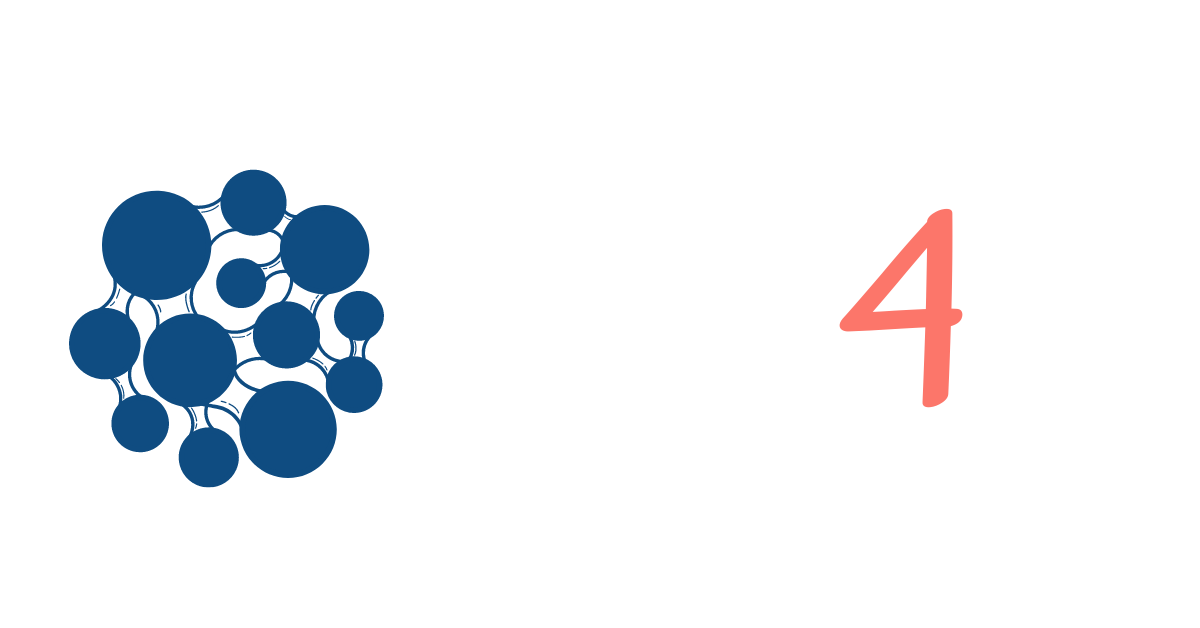A Safe-by-Design Approach to “Reef Safe” Sunscreens Based on ZnO and Organic UV Filters
Publication category: PMC article
Publication date: November 9, 2022
Authors: Mattia Battistin, Paolina Pascalicchio, Beatrice Tabaro, Dritan Hasa, Alessandro Bonetto, Stefano Manfredini, Anna Baldisserotto, Alessandro Scarso, Paola Ziosi, Andrea Brunetta, Fabio Brunetta, Silvia Vertuani
Abstract: In recent years, the issue of coral bleaching has led to restrictions in some tropical locations (i.e., Palau, Hawaii, etc.) on the use of some organic UV sunscreen filters, such as oxybenzone and ethyl hexyl methoxycinnamate. In contrast, ZnO is considered safe for marine environments and thus is often used without considering its photocatalytic and oxidative activities related to the generation of O2•− and HO•. Moreover, ZnO needs to be used in combination with other filters to reach higher protection factors. Thus, the study of its interaction with formulations and with organic filters is important in sunscreen technology for the development of safer by-design products. In this work, the photocatalytic activity of zinc oxides with different surface areas (30, 25 and 9 m2/g) and their interaction with selected organic sunscreen filters were investigated. In particular, the ZnO photocatalytic kinetics were studied following the photodegradation of Acid Blue 9 (AB9) observing a first-order reaction with a chemical regime. Our evaluations of the selective inhibitions by hvb+ and HO• demonstrated a substantial predominance of the hydroxide radicals in the expression of the photocatalysis, a trend that was also confirmed by the irradiation of ZnO in an ethanolic solution. Indeed, the formulations containing both ZnO and organic filters defined as “safe” for coral reefs (i.e., Diethylamino Hydroxybenzoyl Hexyl Benzoate, DHHB, and Ethylhexyl Triazone, EHT) showed a non-negligible photocatalytic oxidation and thus the combination was underlined as safe to use.
